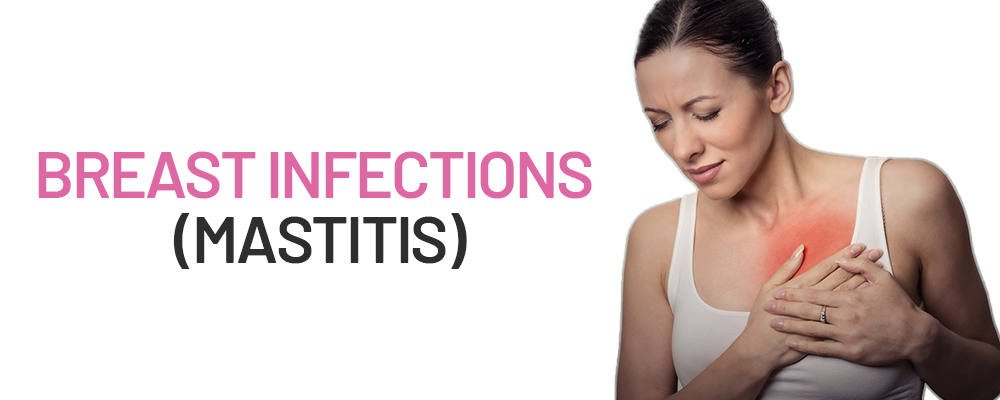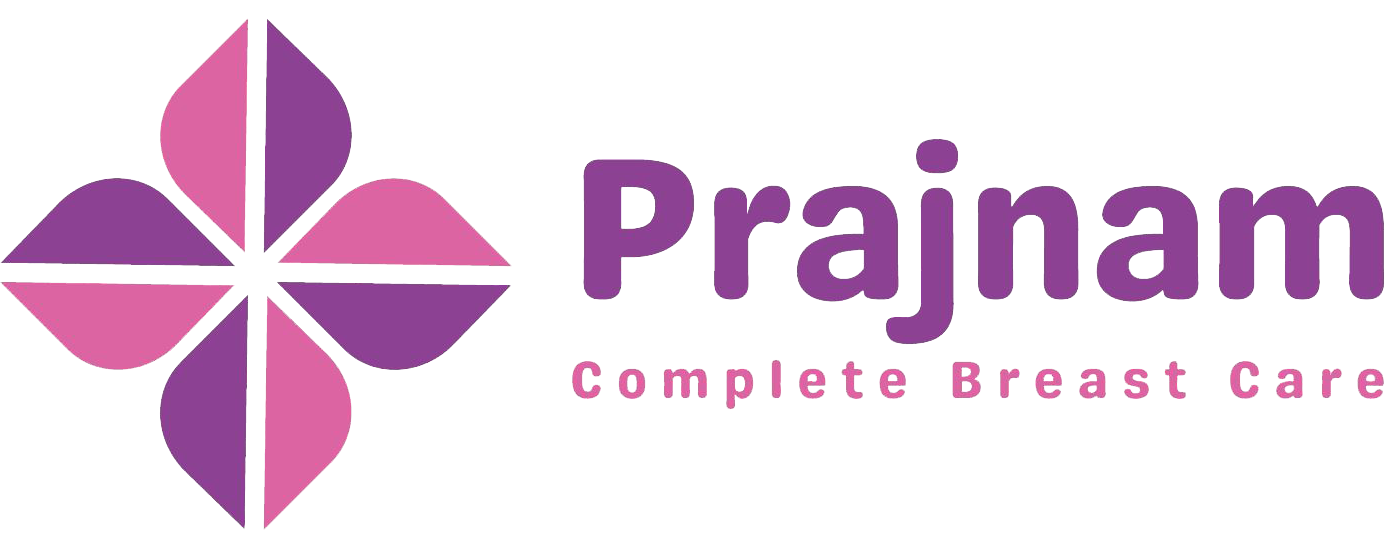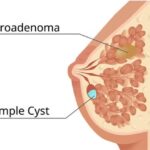
Mastitis is an agonizing breast infection that frequently manifests in women after childbearing, but may also present in women who do not breastfeed. It is caused by a bacterial infection that brings in its wake inflammation, redness, and pain. If this condition is not treated in time, it can lead to serious complications such as abscesses in the breasts. Being aware of its symptoms and causes as well as its treatment options can assist women in coping with this problem efficiently.
Symptoms of Mastitis
- Pain and sensitivity in the breast region.
- Affect area becoming red and swollen.
- Breast becoming tender to touch.
- Fever and shivering (meaning possible infection).
- Fatigue coupled with flu-like symptoms.
- Severe cases may witness Pus or other unusual discharges from the nipple.
Causes of Mastitis
Mastitis is normally caused by:
- Blocked milk ducts
In lactating mothers, the milk accumulates which may lead to the clogging of ducts.
- Bacterial infection
Infected skin or the baby’s mouth may harbor bacteria which enter the ducts through cracked nipples.
- Failure to Empty the Breast
Breastfeeding without complete emptying of milk poses a fertile ground for bacteria.
- Immunosuppression
Severe stress, advanced fatigue, or existing medicated conditions may contribute towards making one prone to various infections.
- Non-Lactational Mastitis
This type of mastitis is experienced by women who do not breastfeed and is attributed to hormonal changes, smoking, or breast disease.
Diagnosis of Mastitis
- A physician will evaluate the symptoms and may suggest:
- An evaluation for signs of swelling, warmth, tenderness.
- Breast ultrasound to check for abscess formation.
- Culture of milk or pus in cases of severe or recurrent infection.
Treatment Options for Mastitis
- Home Remedies & Self-Care
- Increasing the frequency of breastfeeding or pumping to clear milk ducts.
- Use of warm compresses to alleviate pain and aid in milk letdown.
- Gentle massaging of the breast to release clogged ducts.
- Wearing supportive yet non-restrictive bras to minimize breast pressure.
- Consuming fluids and sleeping to aid the immune system.
- Medical Treatment
- Prescribing antibiotics to treat any co-existing bacterial infection.
- Anti-inflammatory analgesics (Ibuprofen or Paracetamol) for pain relief.
- Incision and drainage of pus abscess in the most extreme situation.
When to Seek Medical Attention
- Home treatment is not effective at alleviating symptoms.
- A palpable mass secondary to an abscess is noted.
- There is abnormal nipple discharge of blood or pus.
- Persistent fever unresponsive to treatment.
Conclusion
Mastitis is a manageable condition if treated promptly. Women suffering from breast pain, swelling, or feeling feverish should get in touch with their physician as soon as possible.
Prajnam Breast Care Centre specializes in advanced treatment and early diagnosis of breast infections in women. Our mission is to inform, empower, and deliver innovative breast care solutions with the aid of new age technology. If you are currently battling any form of breast pain, contact us for a consultation immediately.
Treatments
EXCELLENTTrustindex verifies that the original source of the review is Google. I had a wonderful experience with Dr. Suchana. From the moment I walked into the clinic, I felt truly cared for. Doctor took the time to listen to all of my concerns without rushing or brushing anything off. It's clear that they genuinely care about their patients and want to provide the best possible care. Their calm and compassionate demeanor instantly put me at ease, and they explained everything clearly and thoroughly. I left the appointment feeling heard, supported, and confident in my treatment plan. Highly recommend to anyone looking for a kind, attentive, and professional doctor!Posted onTrustindex verifies that the original source of the review is Google. Excellent experience. Doctor and staff are really good.Posted onTrustindex verifies that the original source of the review is Google. I had a consultancy with the doc It was very nice to talk to doctor She was very polite , calmly she explained all thing which was suspicious in my mind. She is literally a good doctorPosted onTrustindex verifies that the original source of the review is Google. Such a good experience in the clinic with Dr Suchana - she was so patient and explained everything so calmly and addressed all my concerns. Highly recommend every woman to get checked here.Posted onTrustindex verifies that the original source of the review is Google. I was so worried about my problem but dr suchana really impress me with her knowledge she is really sweetheart and polite thanks for the service mam🩷Posted onTrustindex verifies that the original source of the review is Google. Excellent ultra sound sound clinicPosted onTrustindex verifies that the original source of the review is Google. The doctor's kindness, knowledge, and perceptiveness create a very comfortable atmosphere.

